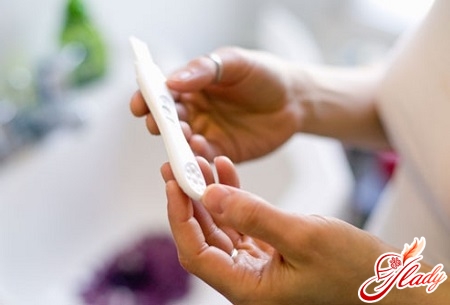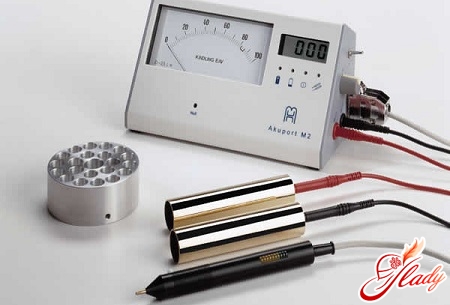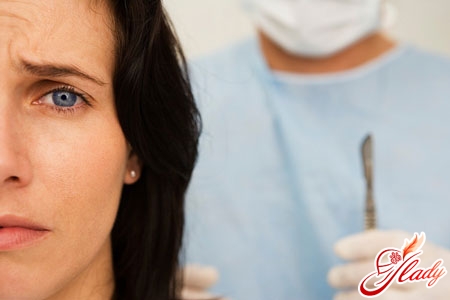 Diseases of the spine of various kinds, -the scourge of our time. One of the most common of them and, perhaps, the most difficult is intervertebral hernia. With such a hernia, the intervertebral disc is deformed, displaced and goes beyond the boundaries of its normal position. As a result, there is a possibility of narrowing of the spinal canal and strong compression of the spinal cord membrane and nerve endings. This can cause inflammation of the tissues surrounding the spine, which after a short time begins to cause severe pain in the area of the intervertebral hernia.
Diseases of the spine of various kinds, -the scourge of our time. One of the most common of them and, perhaps, the most difficult is intervertebral hernia. With such a hernia, the intervertebral disc is deformed, displaced and goes beyond the boundaries of its normal position. As a result, there is a possibility of narrowing of the spinal canal and strong compression of the spinal cord membrane and nerve endings. This can cause inflammation of the tissues surrounding the spine, which after a short time begins to cause severe pain in the area of the intervertebral hernia.
Symptoms of the disease
However, the disease lasts for quite a long time, ifthe hernia is located in the center of the spinal canal, may not announce itself, manifesting itself only sometimes in the form of aching pain in the back. Acute pain occurs after a rupture of the intervertebral disc, and it can appear in any part of the body - arm, leg, neck, groin, chest, interscapular region, and so on. The pain is accompanied by numbness of these parts of the body, which, in general, are the main symptoms of an intervertebral hernia. Sometimes they are combined with a decrease in skin temperature, slight swelling, a change in the amount of sweating, and an increase in dry skin.
Causes of the disease
The reasons for this are quiteserious illness, may be heredity, poor posture, heavy loads on the spine, sharp bends, infections, injuries, etc. In most cases, a herniated disc is a consequence of osteochondrosis. This disease occurs mainly among people aged twenty to fifty years. In the absence of competent treatment, it can lead to disability and cause temporary or even complete loss of ability to work.
Treatment of the disease
Most often, a herniated disc occurs in the lumbar region.spine. The methods of combating it are different and depend on the stage of the disease, the characteristics of the patient's body and other factors. Sometimes surgical intervention is required to treat a hernia, and in some cases it is possible to do without it. Without surgical interventionis carried out with the help of motor,manual therapy, acupuncture and physiotherapy methods. Motor methods of combating intervertebral hernia develop muscle tone and strengthen the immune system, but they often include physical activity. Such loads can cause a deterioration in a person's condition, so the motor method of treating a hernia is not suitable for everyone. Manual therapy is quite effective, but it only reduces the load on the intervertebral discs, but does not eliminate the causes of the hernia. Physiotherapeutic methods of treating intervertebral hernia include massage, spinal traction, exercise therapy, etc. Only a specialist can determine the optimal method for combating intervertebral hernia. Today, intervertebral hernia is diagnosed using magnetic resonance imaging, which allows you to get the most complete information about the size of the hernia and its location, the presence of narrowing of the spinal canal and inflammatory changes and other defects of the spine. Based on these data, the safest and most effective treatment method is determined, which is capable of coping with the problem in a certain period of time. Intervertebral hernia can be cured in 90% of cases if you consult a doctor in a timely manner. Take good care of your health, and it will be the key to a long, happy life! We recommend reading:









